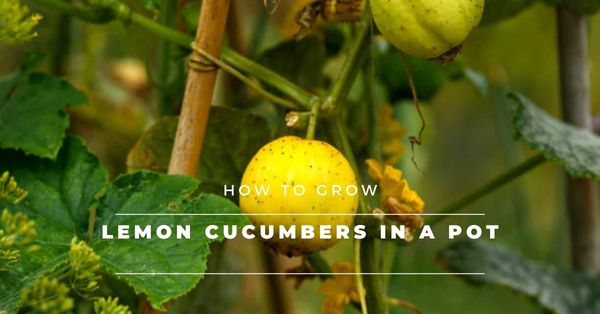12 Easy to Grow Vegetables for Backyard | Vegetables that Grow Easily in Backyard
Growing vegetables in the backyard is always fun, especially when it’s easy. With these easy-to-grow vegetables, you’ll be able to grow vegetables in the backyard without any difficulty.
Growing the vegetables in the backyard is a sustainable way to have a vegetable garden without a farm. Growing vegetables in the backyard ensure that no harmful fertilizers are used, and you get quality vegetable harvest. Also, this fresh harvest that tastes better and is organic and healthy as well. Below we mention the best easy-to-grow vegetables for the backyard.
1. Lettuce

There are many varieties of lettuce, among which Arugula and Buttercrunch are the most popular. It’s possible to grow lettuce under trees and other shaded spots in the backyard, as lettuce is more shade tolerant than other summer vegetables. Also, once mature, you can harvest it multiple times as the lettuce grows back after you cut it.
2. Potatoes

Potatoes are easy to grow from a budding potato from which you can grow multiple potato plants. Cut the potato so that each piece has at least one eye from which shoots will grow out. Make 8 inches deep rows in the yard and plant potato section with “eye” facing upward. Learn more on growing potatoes here!
3. Spinach

Spinach is one of the most nutritionally dense leafy greens and has many health benefits. You can easily grow spinach in the backyard by planting seeds an inch or half below the surface. If you grow spinach in autumn, choose a spot with full sun, whereas, for springs, partial shade is ideal.
4. Kale

Growing kale is easy even for novice gardeners as it doesn’t require much care. It produces better tasting harvest in the cool weather and can be grown all year around regions where winters aren’t harsh. Ideally, you’ll want to grow it indoors six weeks before the danger of frost and later transplant it outdoors.
5. Swiss Chard

Swiss chard is another leafy green that you can grow in the backyard without difficulty. It doesn’t bolt easily and usually remains pest free throughout the growing season. Use the colorful leaves in stir-fries, soups, and salads as your heart desires.
6. Beans

You can grow both bush beans and pole beans in the backyard! There are tons of varieties to choose from, so pick one that suits your needs. Bush beans grow upright and require no support, whereas pole beans need a trellis or other support structure. The adequate time to sow the seeds is after the last frost.
7. Tomatoes

Technically tomato is a fruit, not a vegetable, but as it’s easy to grow, we have it on the list. Growing tomatoes is possible from seeds and transplants, which you can get from the local nursery. Some easy-to-grow varieties include cherry tomatoes, yellow pear, San Marzano, and Roma for beginners.
8. Cucumbers

As most cucumber cultivars are heat-loving, growing them in the backyard isn’t difficult. Cucumbers have high water content making them ideal for beating the summer heat. Plant the seeds directly in the ground and, depending on whether the cultivar is vining or bush type, provide support by trellising cucumber.
9. Radishes

Radishes thrive in loose soil, so if the soil in the backyard is compact, work it up and loosen it. Adding compost to the soil makes it easier for the radishes to grow and increases nutrient availability. Get the seeds from the nursery and sow them directly in the backyard. Thin out the seedlings so that radishes have enough space to grow. Also, fertilize once or twice a month to boost growth.
10. Carrot

Before growing carrots in the backyard, choose the right carrot, depending on the soil type in your backyard. Ball-type carrots do well in heavy clay soil, whereas long and slender carrots are more suited for sandy and loose soil. Loosen up the soil to a depth of 12-15 inches and add compost or worm castings. You can scatter the seeds and later thin out the seedlings when they grow.
11. Pumpkin

Start the seeds in seedling trays or containers and later transplant pumpkin seedlings in the backyard to get a head start. Space the seedlings two to three feet apart to provide enough space for pumpkins to grow. Depending on the cultivar, fruits come in various sizes, shapes, and colors. Yes, we said fruit as botanically speaking, pumpkin is a fruit, not a vegetable.
12. Herbs

You can have your herb haven in the backyard and an ample supply of fresh herbs for culinary uses by growing herbs in the backyard. Popular herbs include rosemary, thyme, basil, chives, sage, oregano, and cilantro. You can grow them in containers placed in the backyard or directly sow the seeds in the ground.





